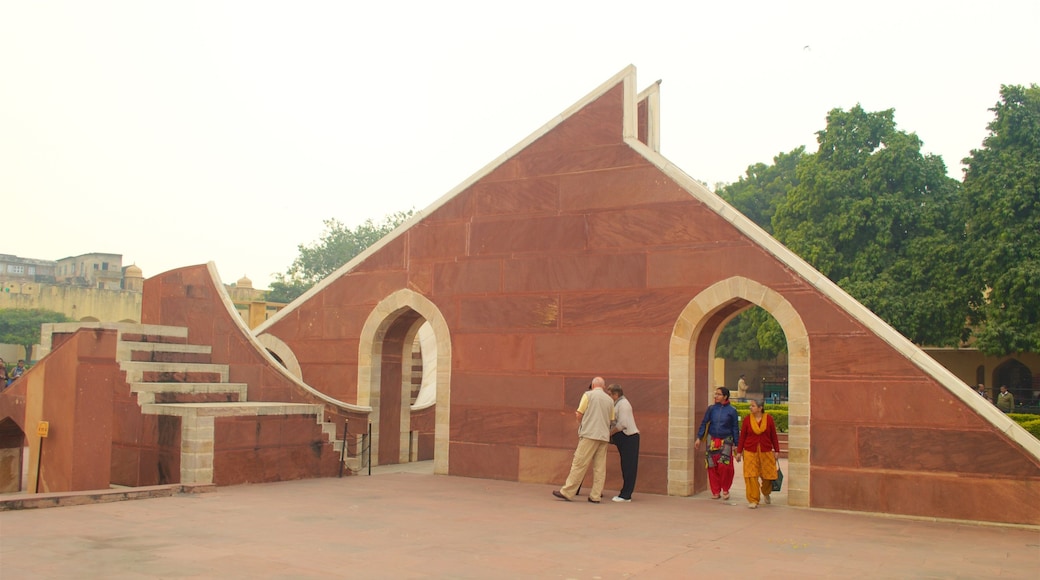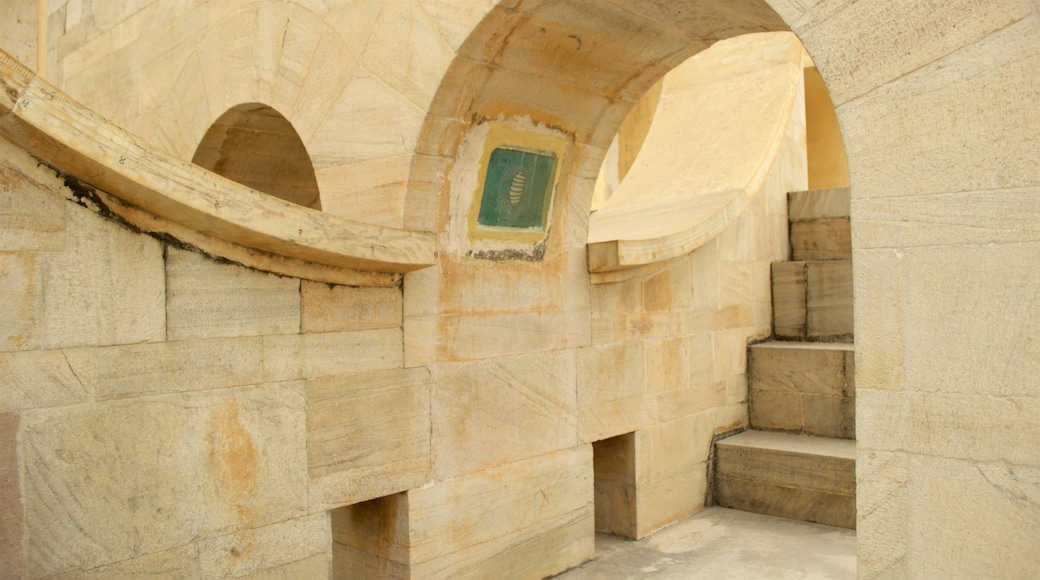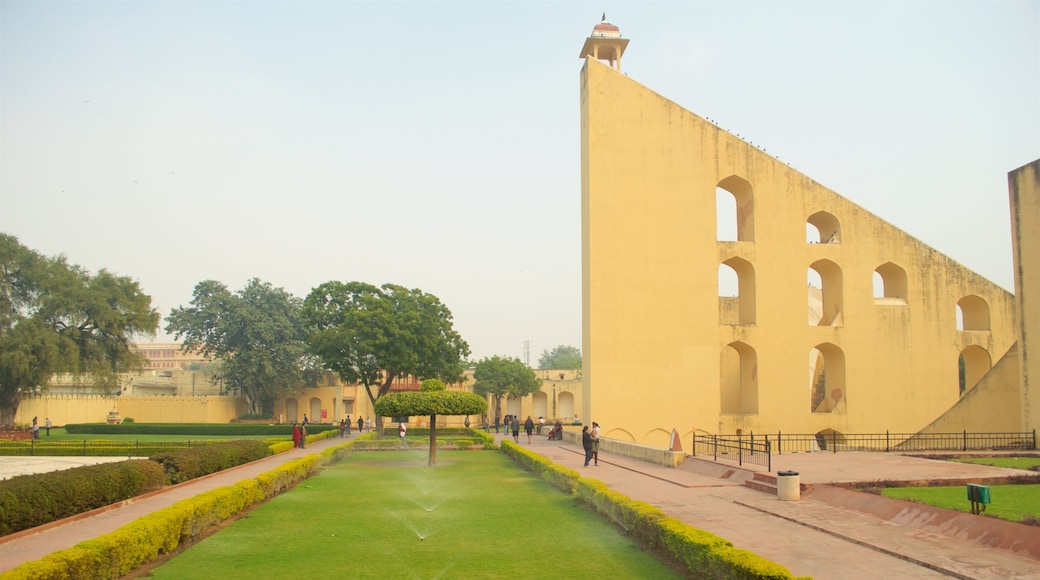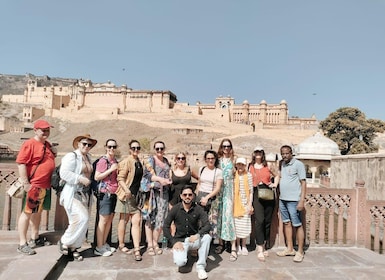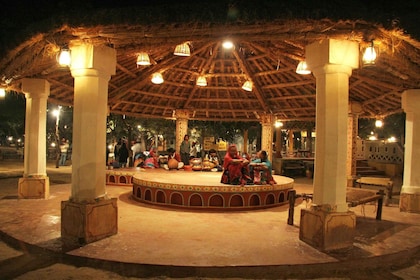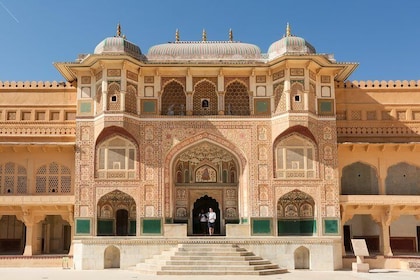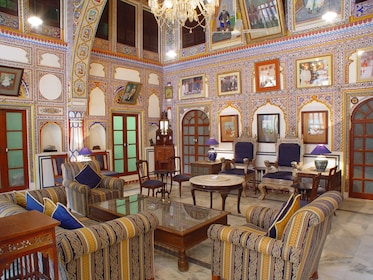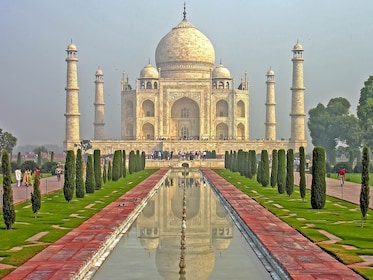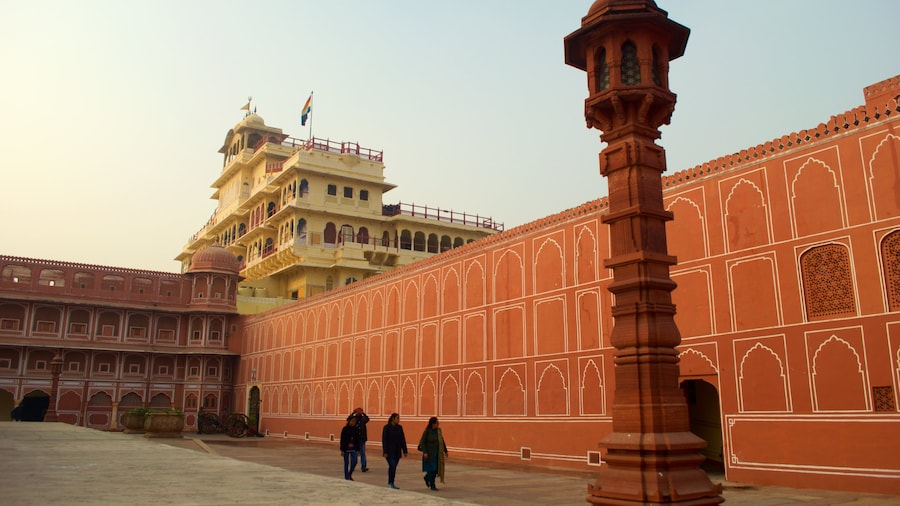Marvel at the extraordinary accuracy of ancient astronomy as you inspect this outdoor collection of brick-and-mortar observational tools.
Situated in the heart of Jaipur, the Jantar Mantar offers a striking insight into ancient astronomic investigations. Explore this outdoor complex, which includes 19 major tools of observation, and learn how Jaipur’s 18th-century scientists could predict the arrival of an eclipse using nothing but careful masonry.
Astronomy was a field of great interest to many ancient empires, in particular the Mughals who ruled India before British occupation. The instruments at Jantar Mantar were built by Maharaja Jai Singh in the 18th century and modeled after a similar contemporary collection in Delhi. Examine its planned geometric construction, which complements the grid layout of surrounding Jaipur.
Explore this World Heritage Site with a guide or audiobook, which can explain the functions of each instrument. Some of the instruments are huge, like the Brihat Samrat, which rises 86 feet (26.2 meters). Comprised of a stairway flanked by two quadrant-shaped arches and angled in precise accordance with the latitude of Jaipur, this astronomic masterpiece can predict the time of day within 2 seconds.
Be sure to see the brick-laid Kapala Yantra, which was used to calculate the coordinates of stars. The Great Ram, a double-cylindered instrument, also helped record these readings. Note the attractive brass surfaces of the Dhruva Yantra, which can be used to find the position of the Pole Star.
Admire the smooth bowl-shapes of the Jai Prakash, which allowed ancient astronomers to see the sky in reverse and plot the movements of planets. Nearby, the 12 dials of the Rasivalaya were used to record the Zodiacal constellations.
Jantar Mantar is located in central Jaipur, near the City Palace. Go on Mondays to take advantage of free entry. On all other days, there is an admission fee. Guided tours cost extra and last an hour. The observatory is open daily.
